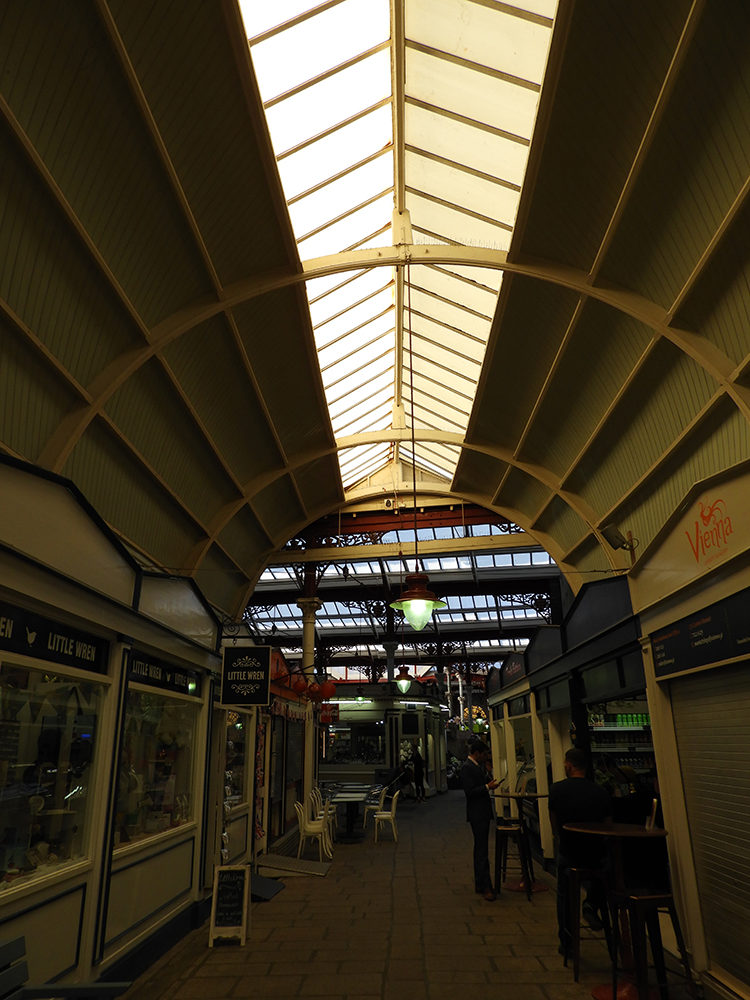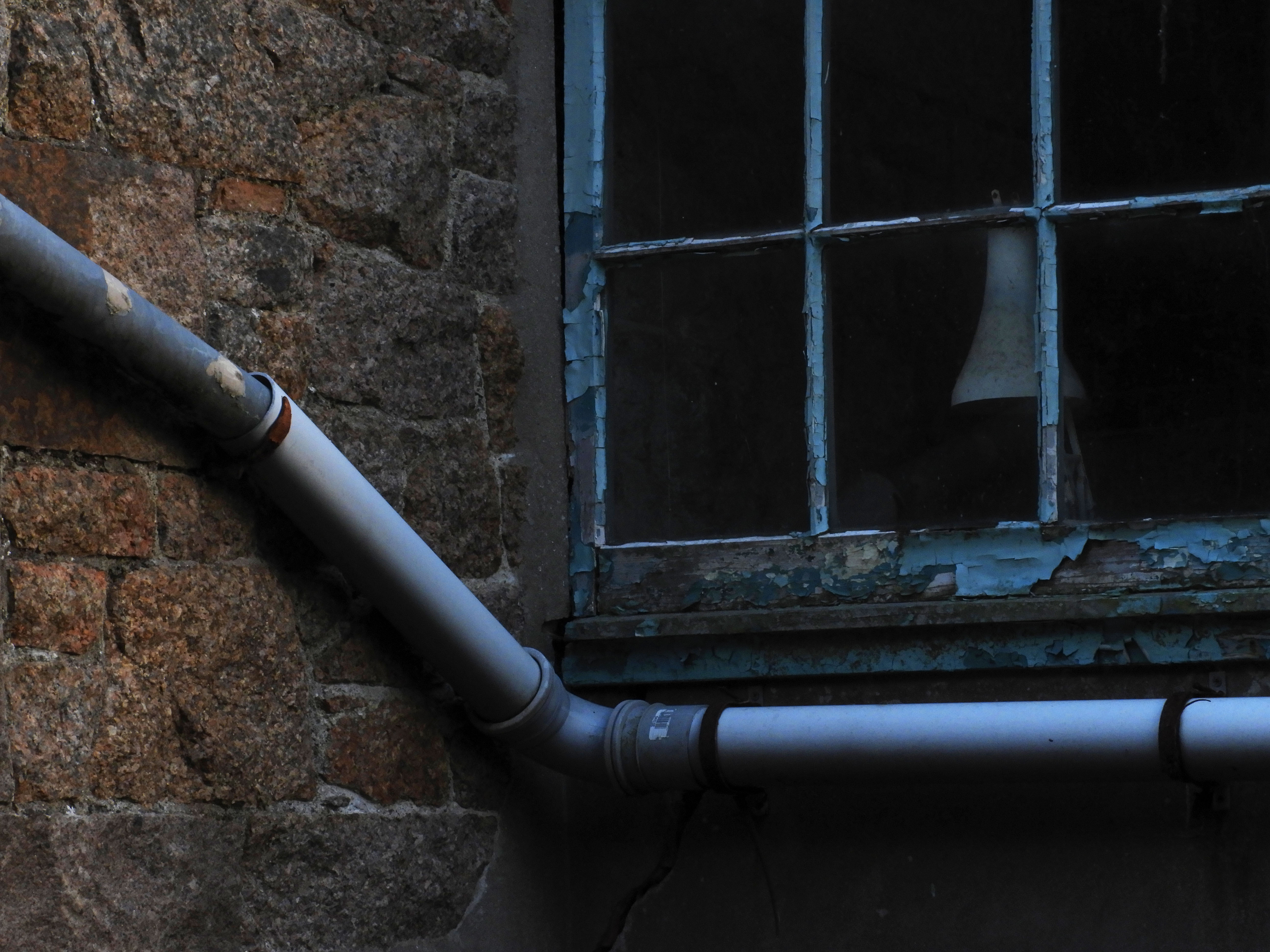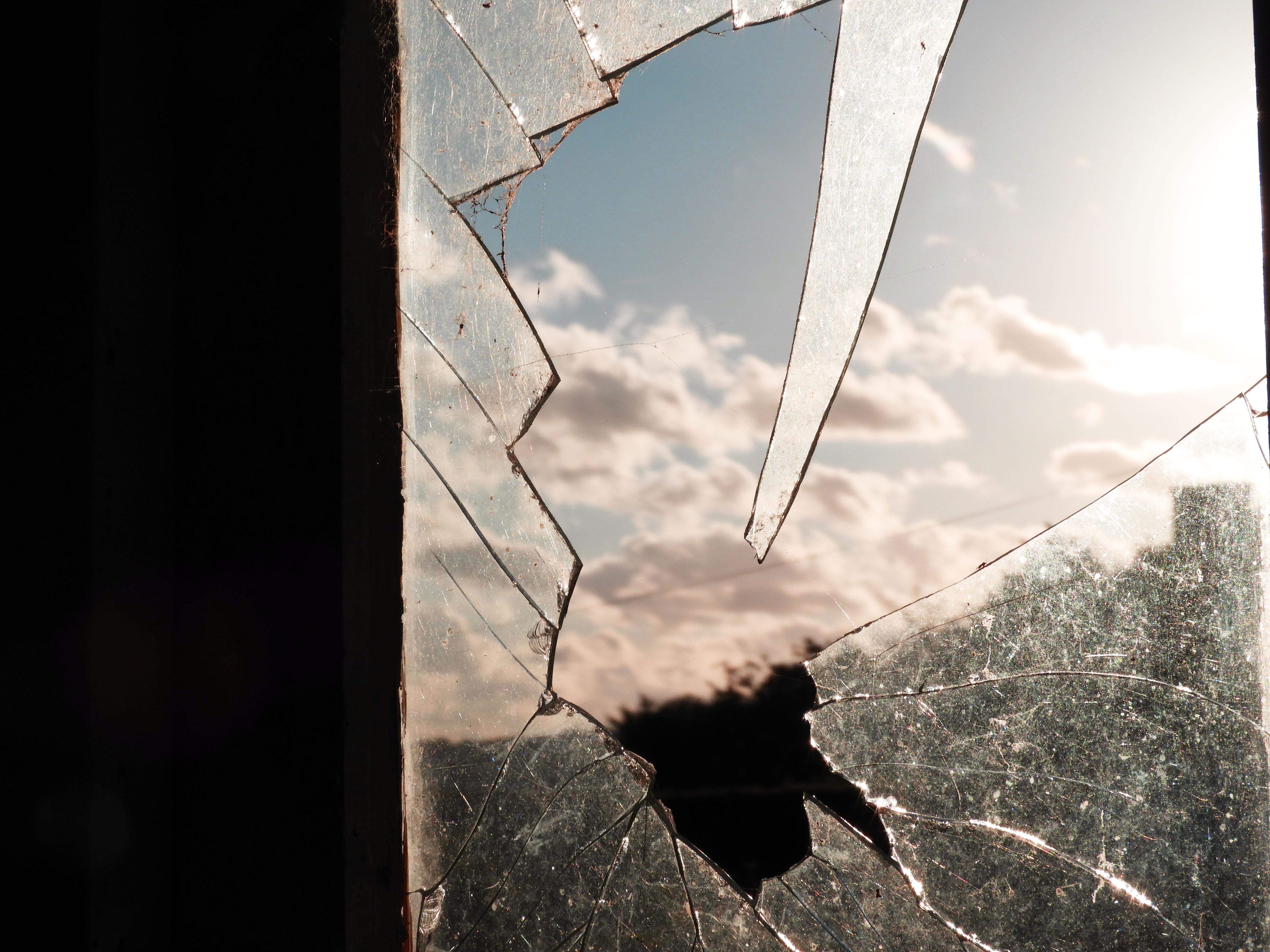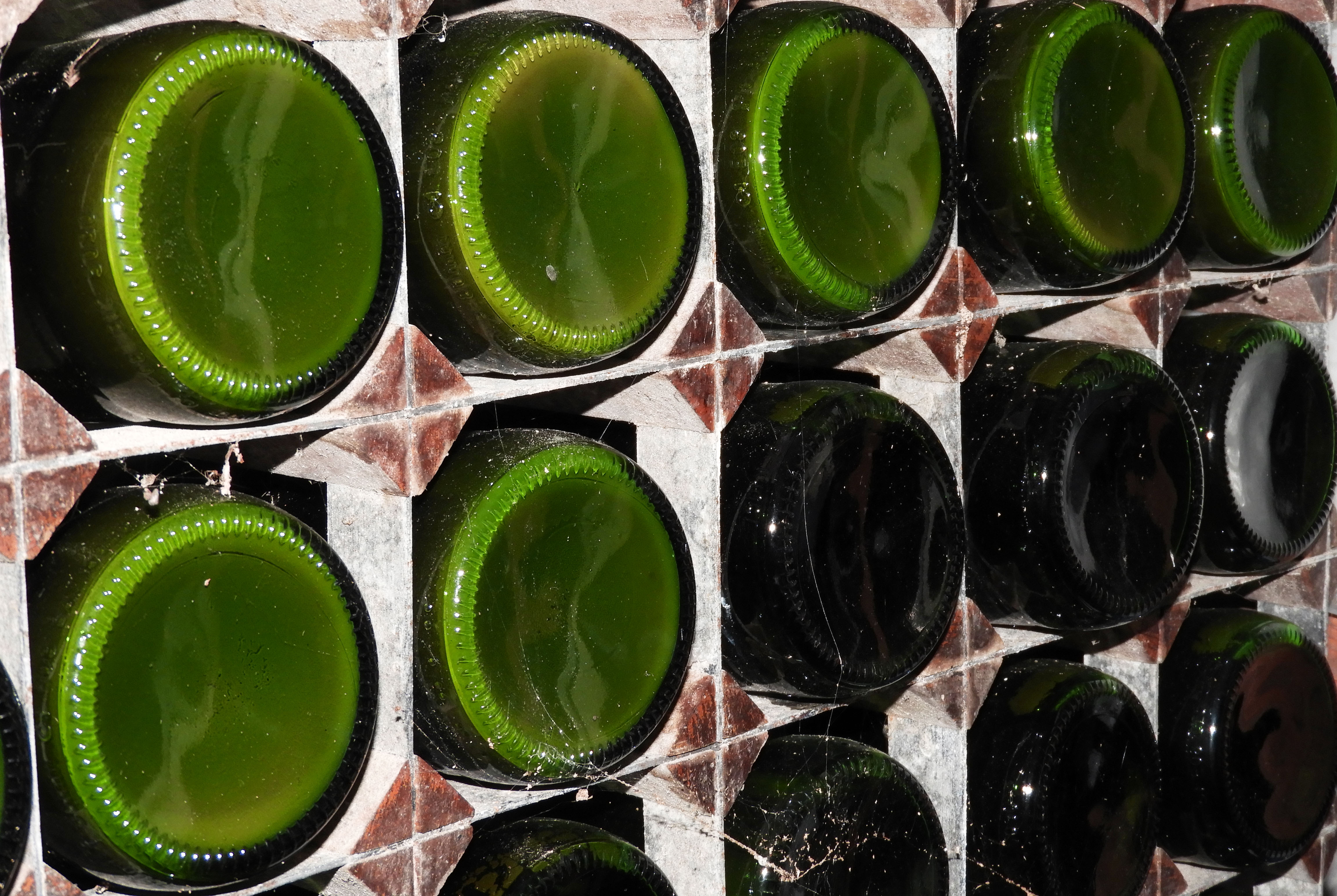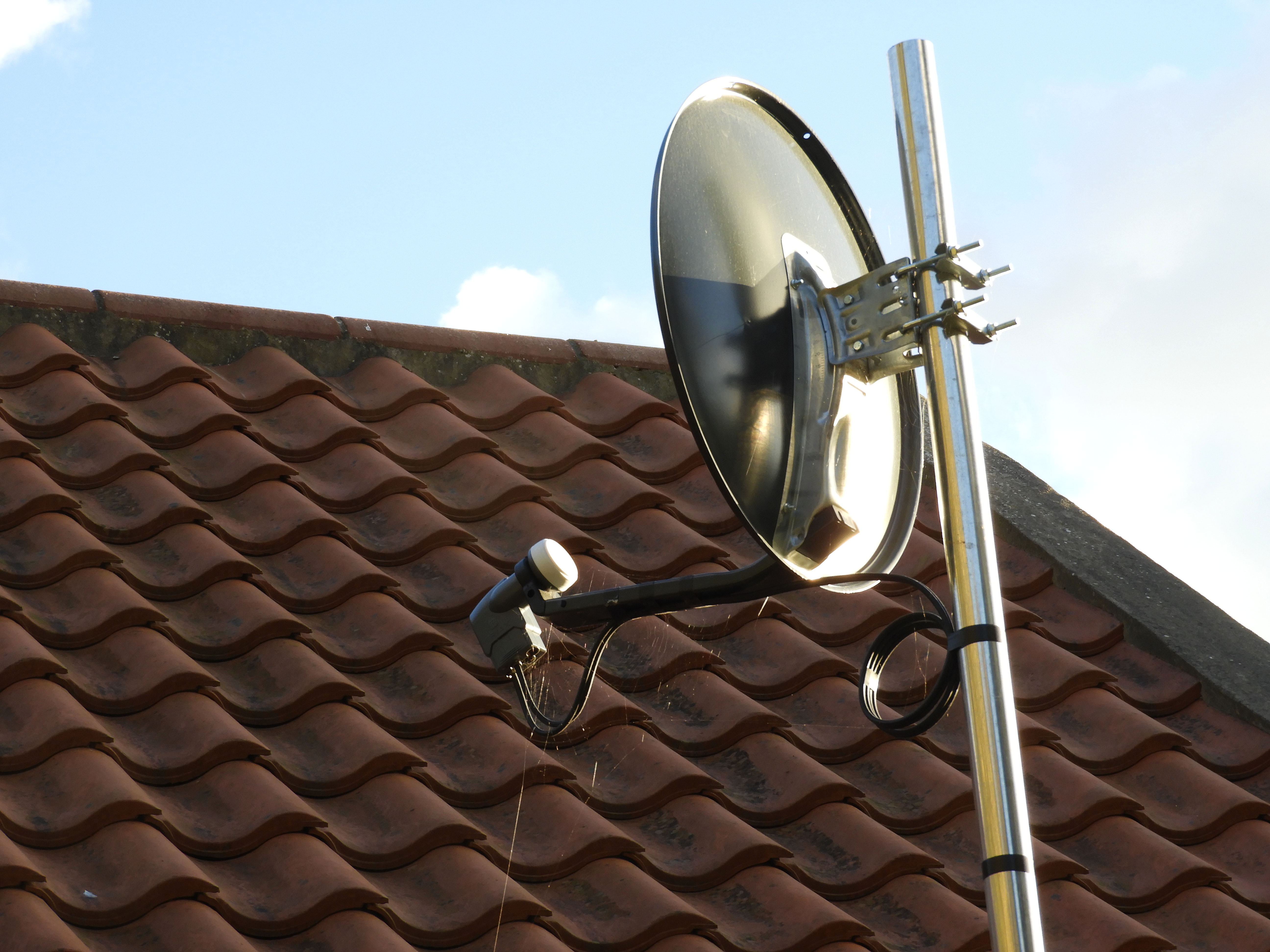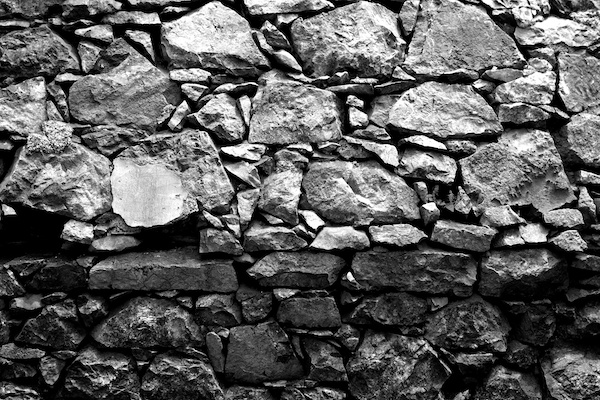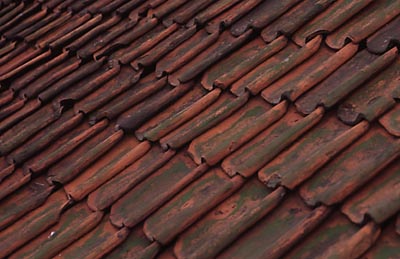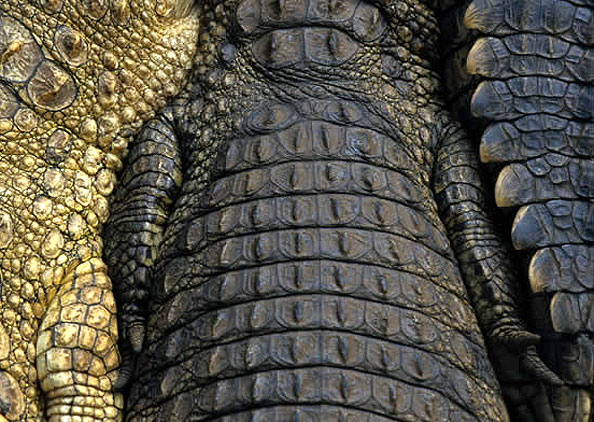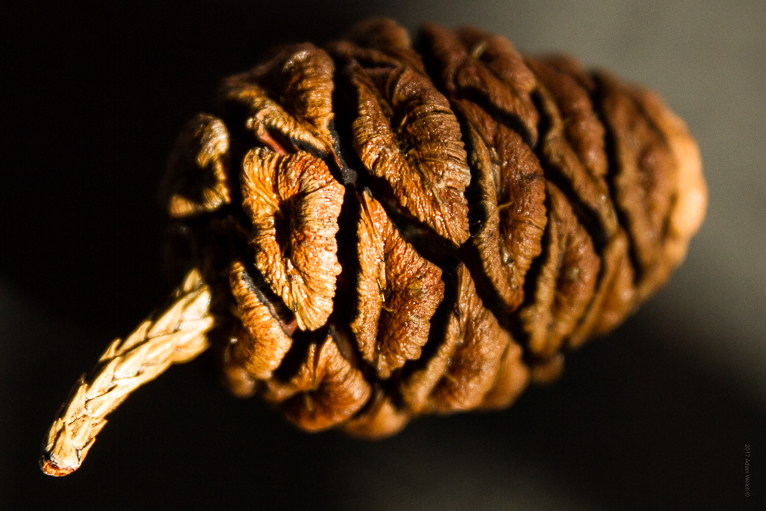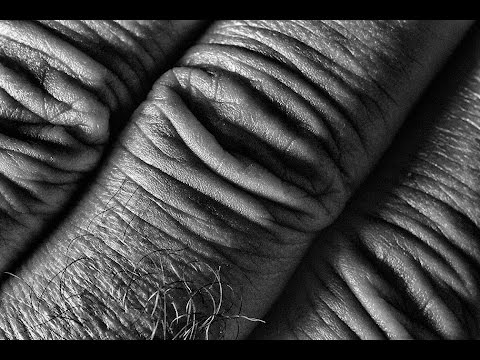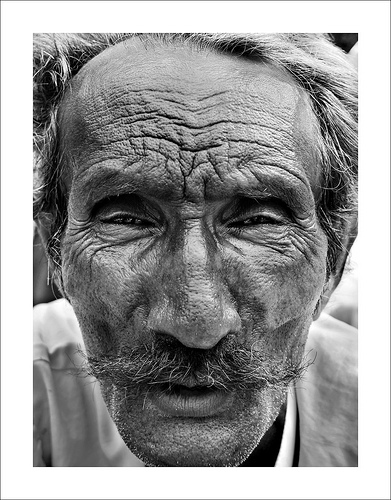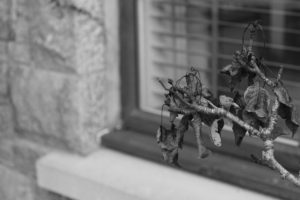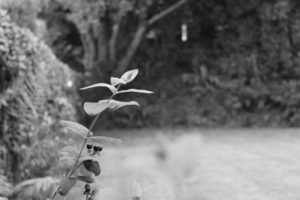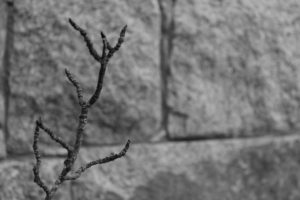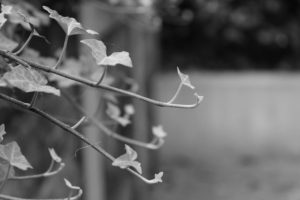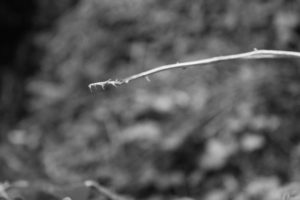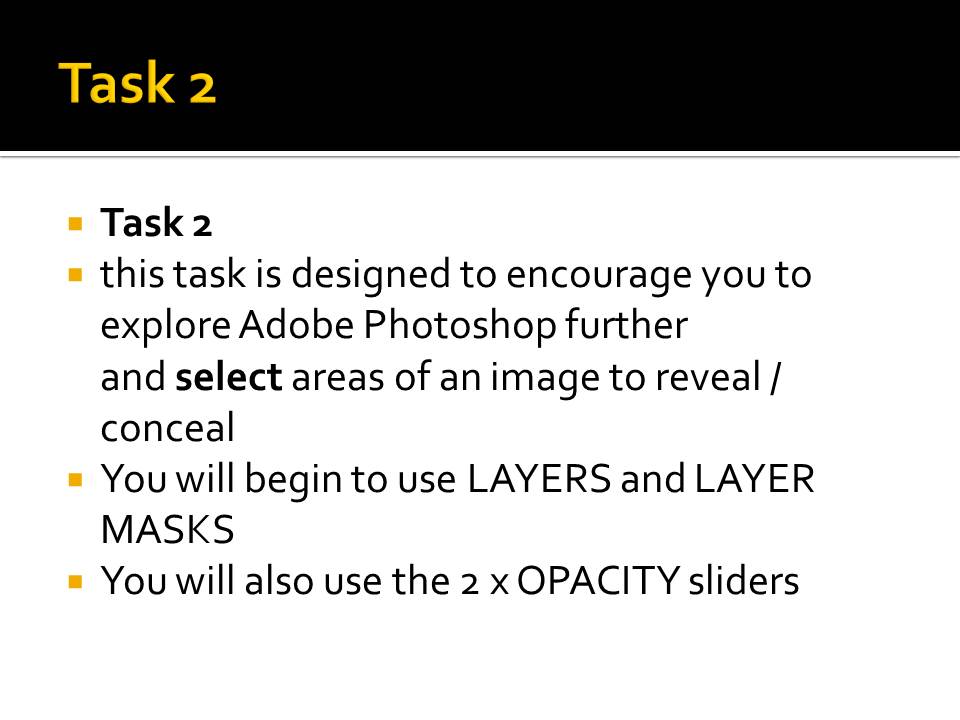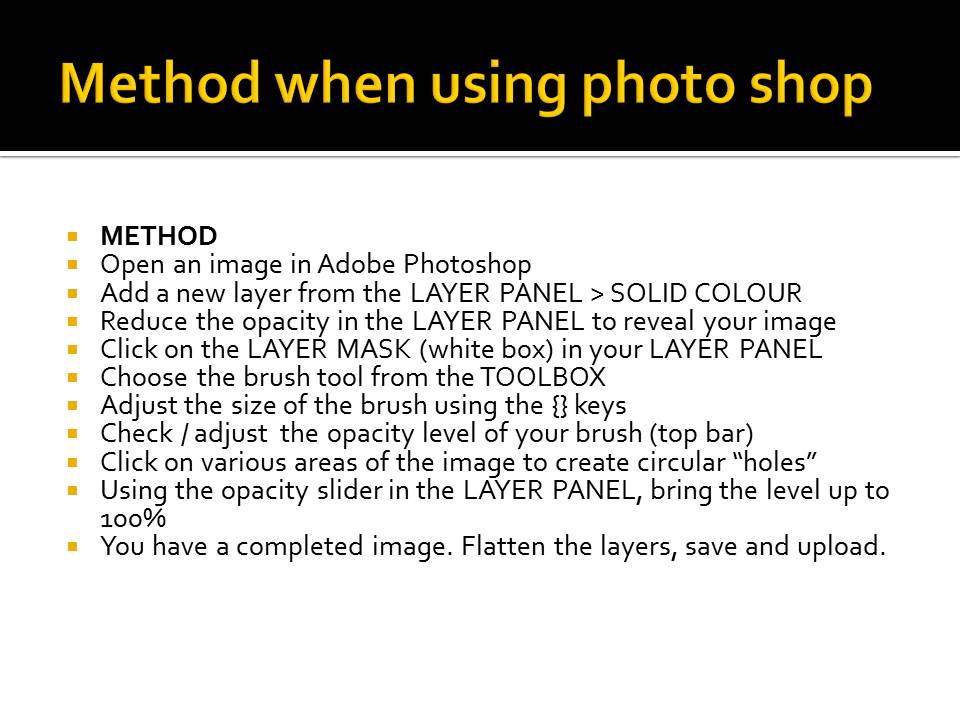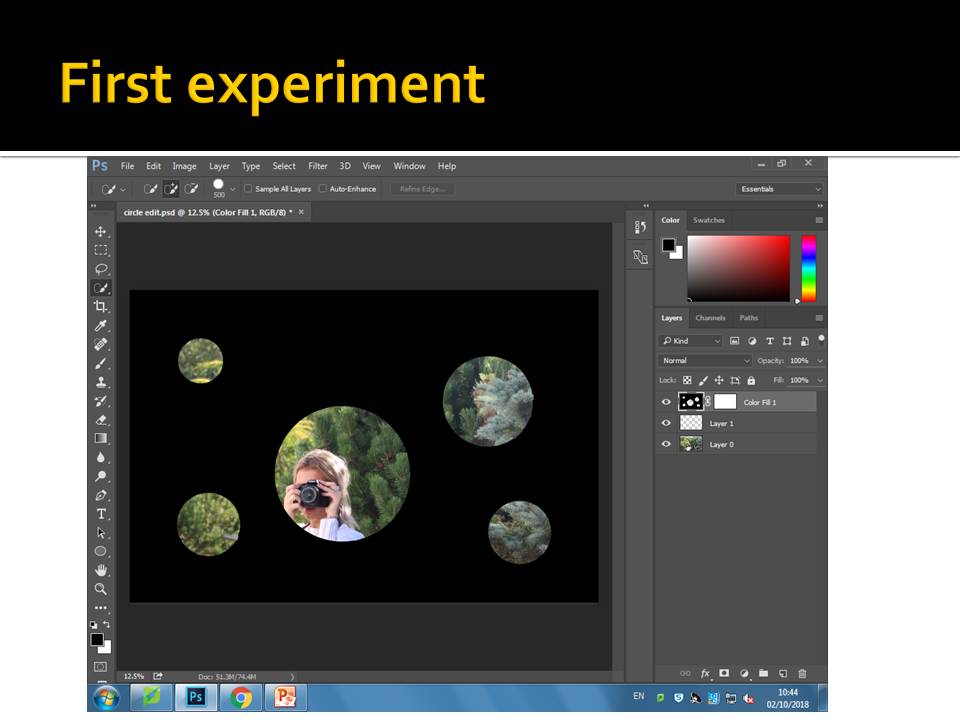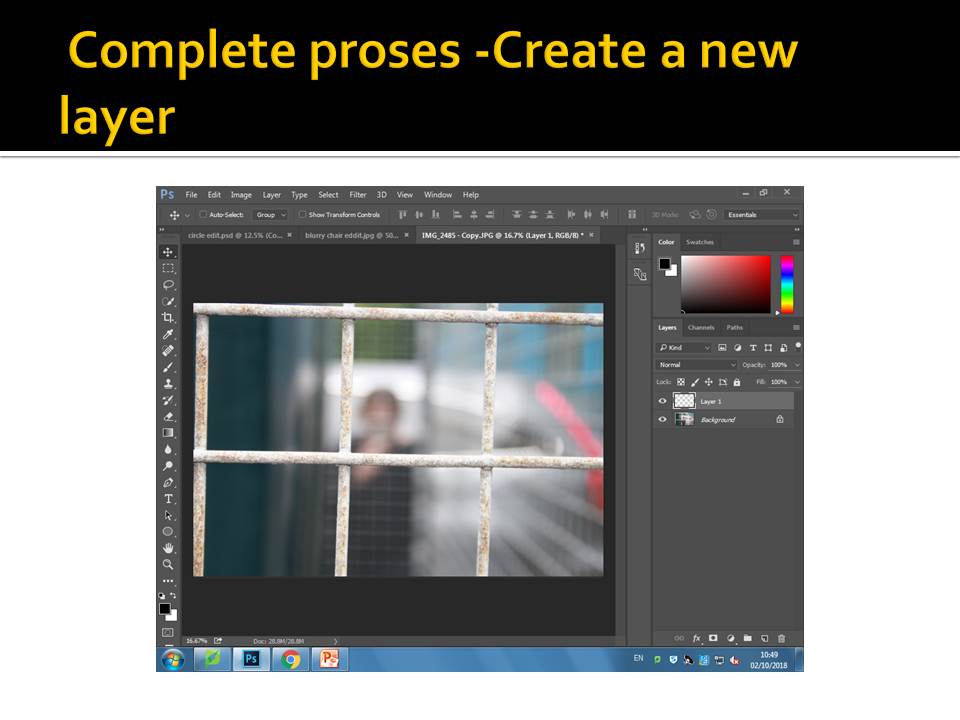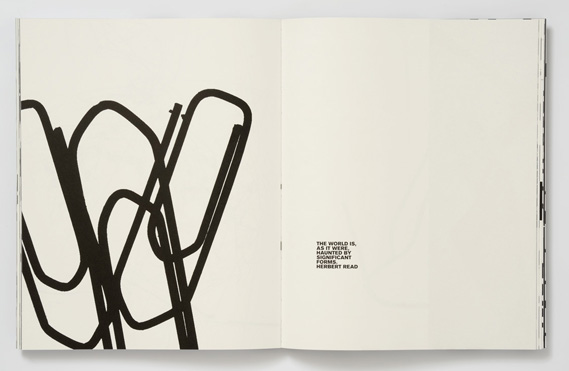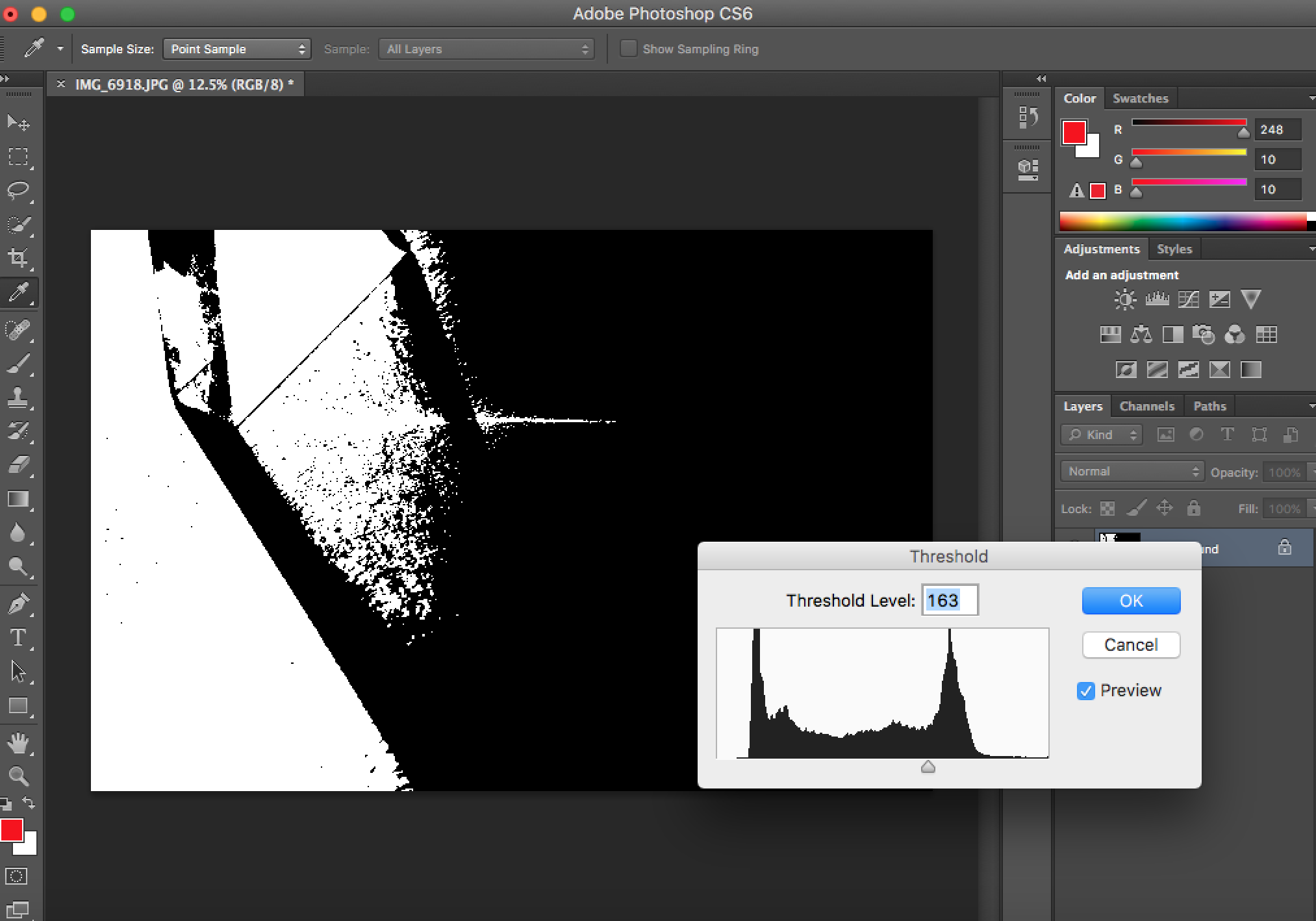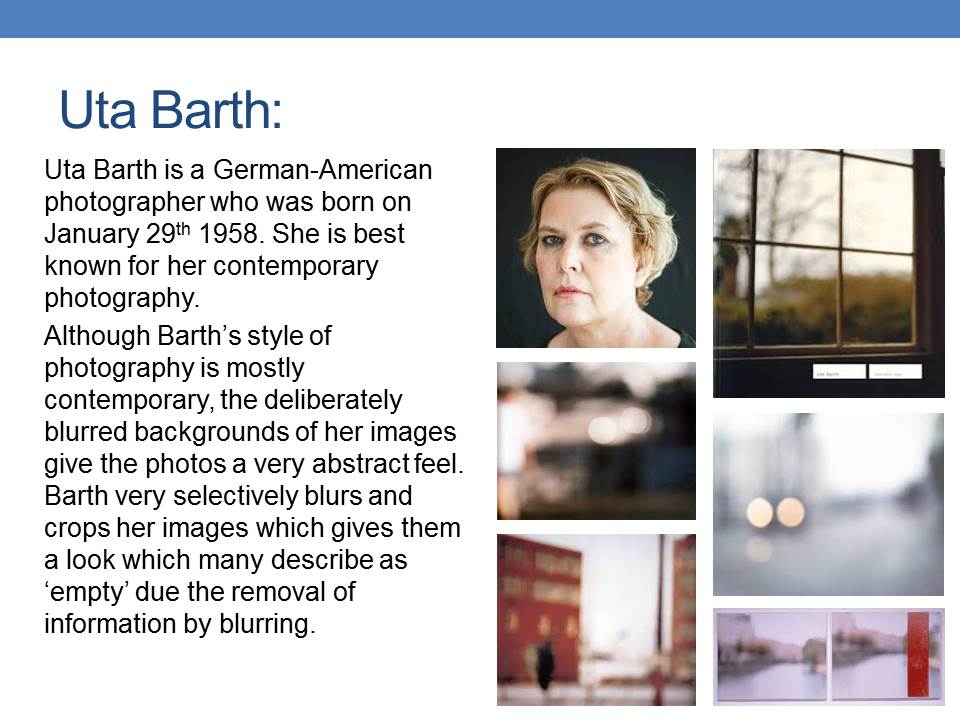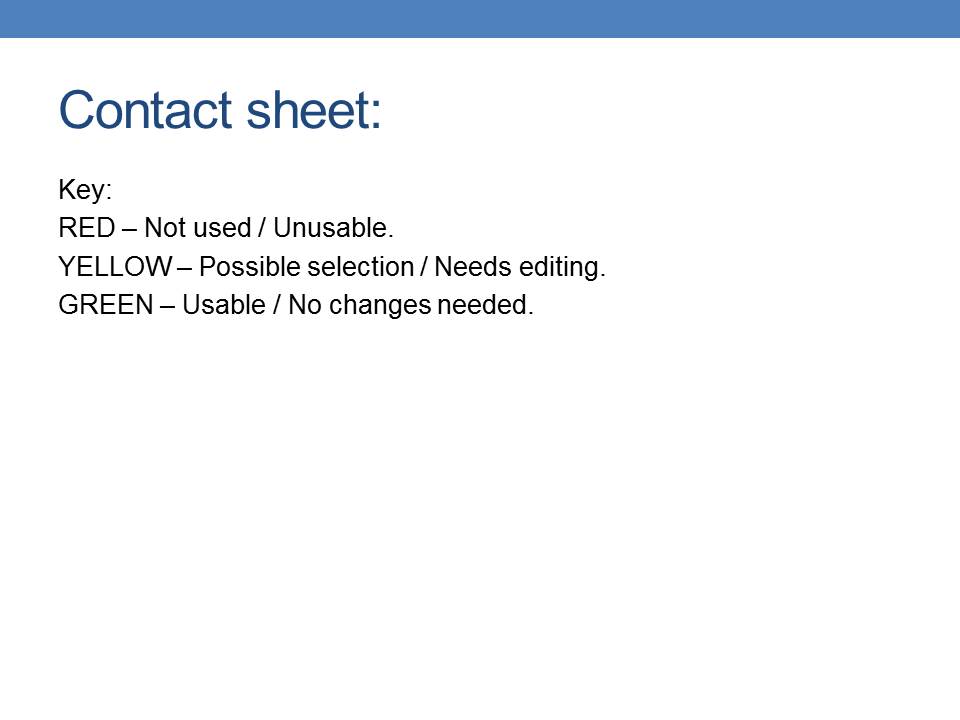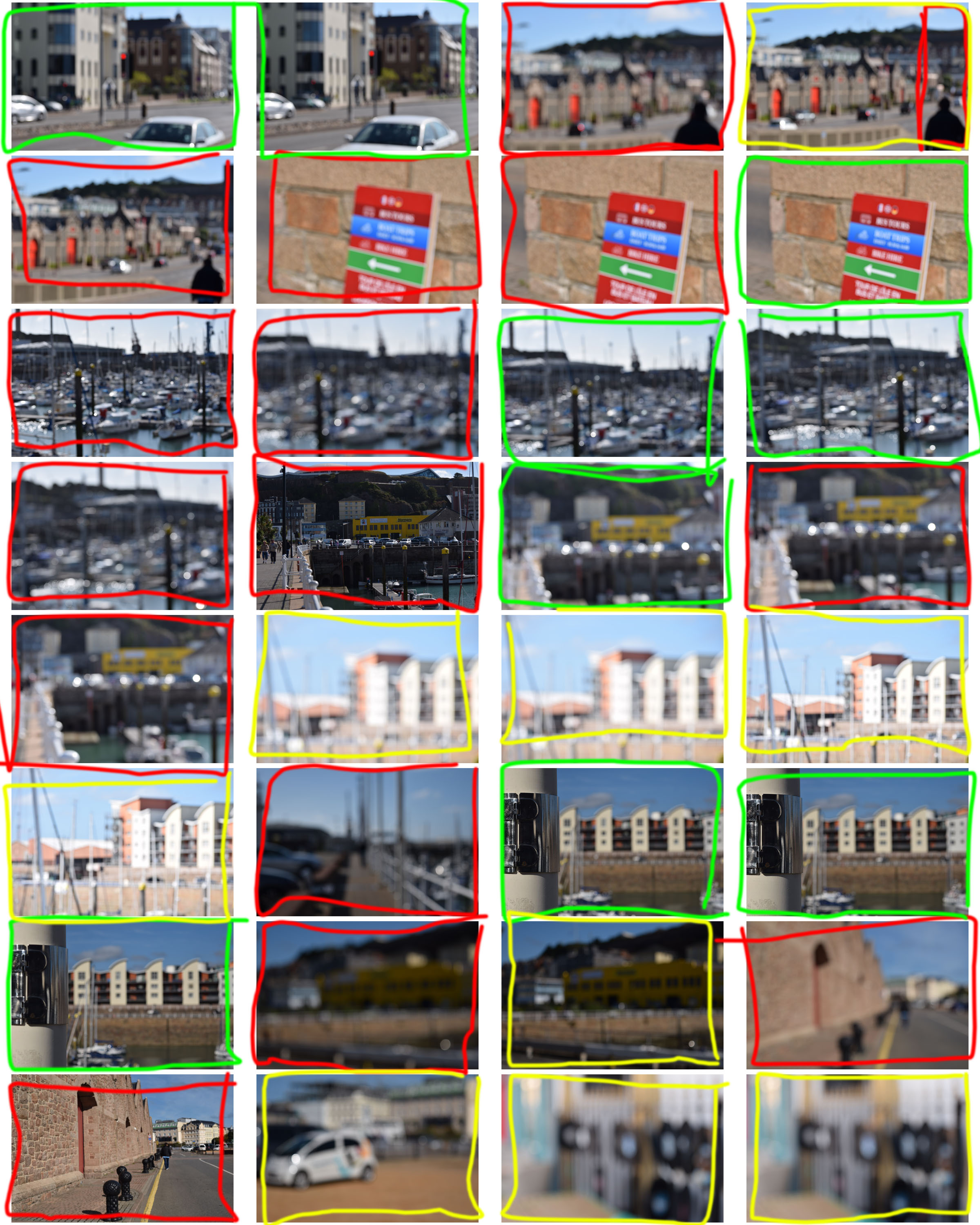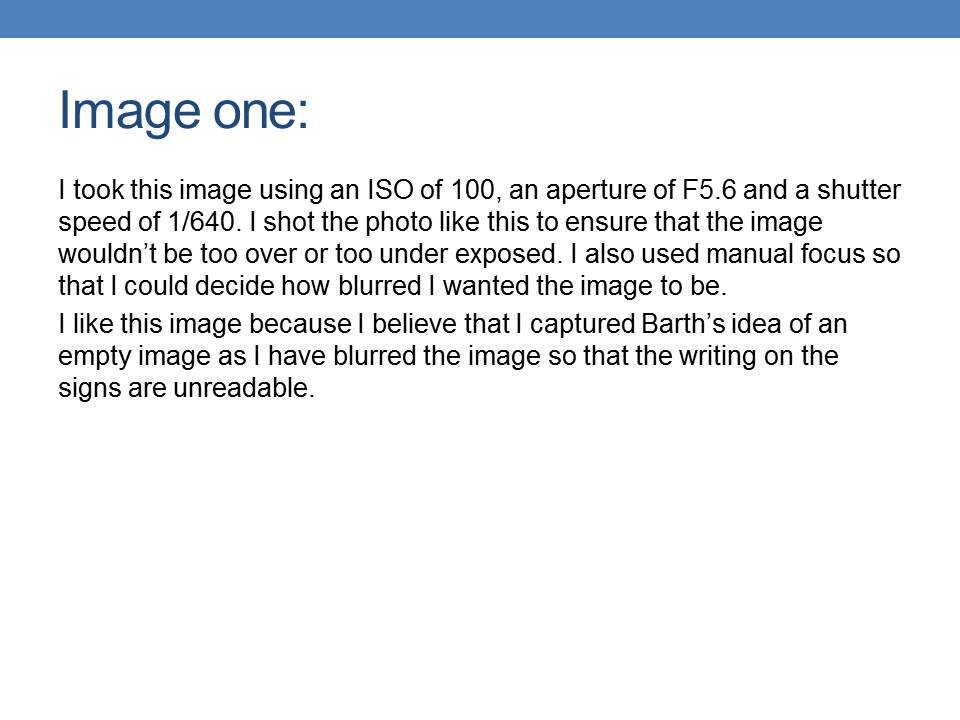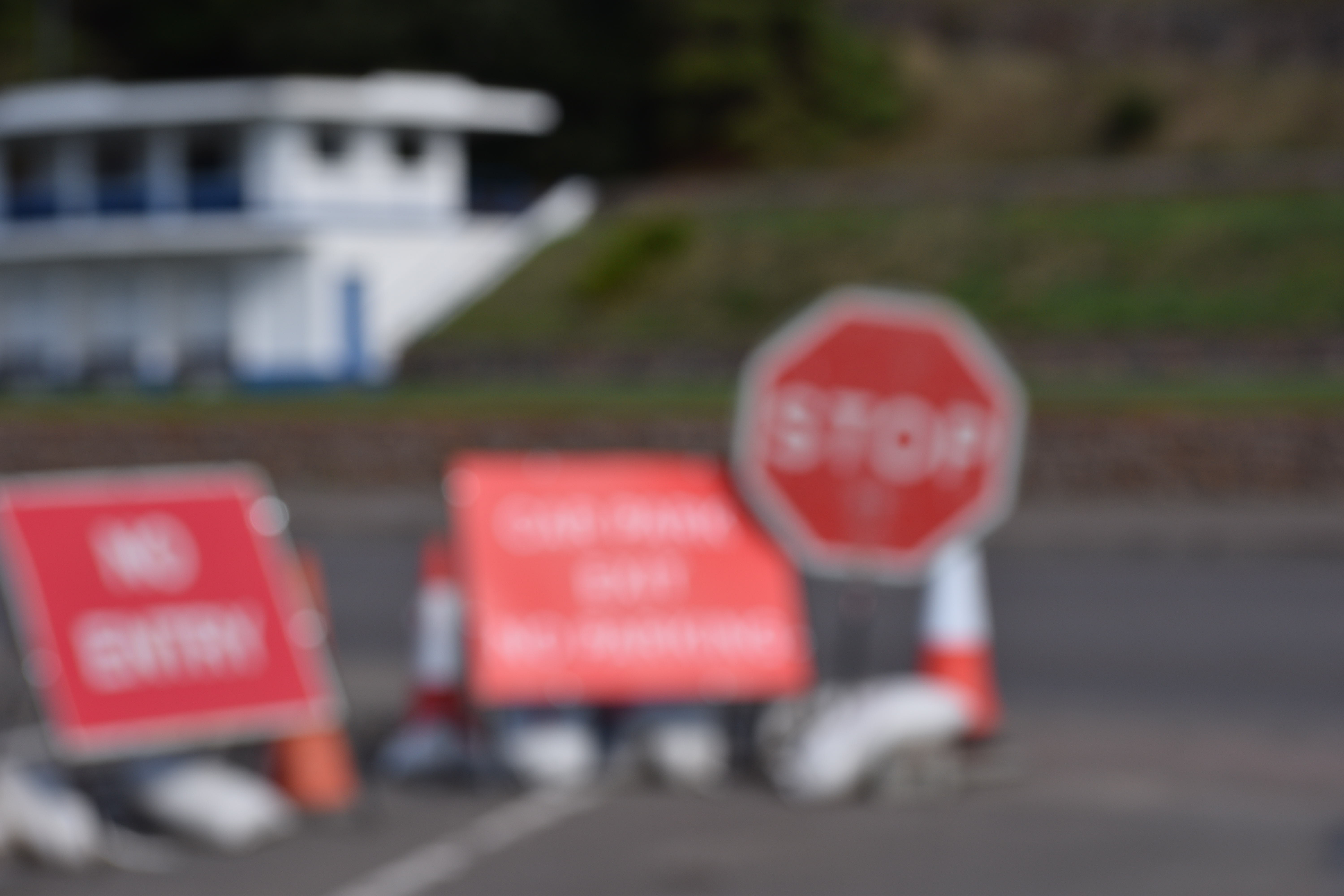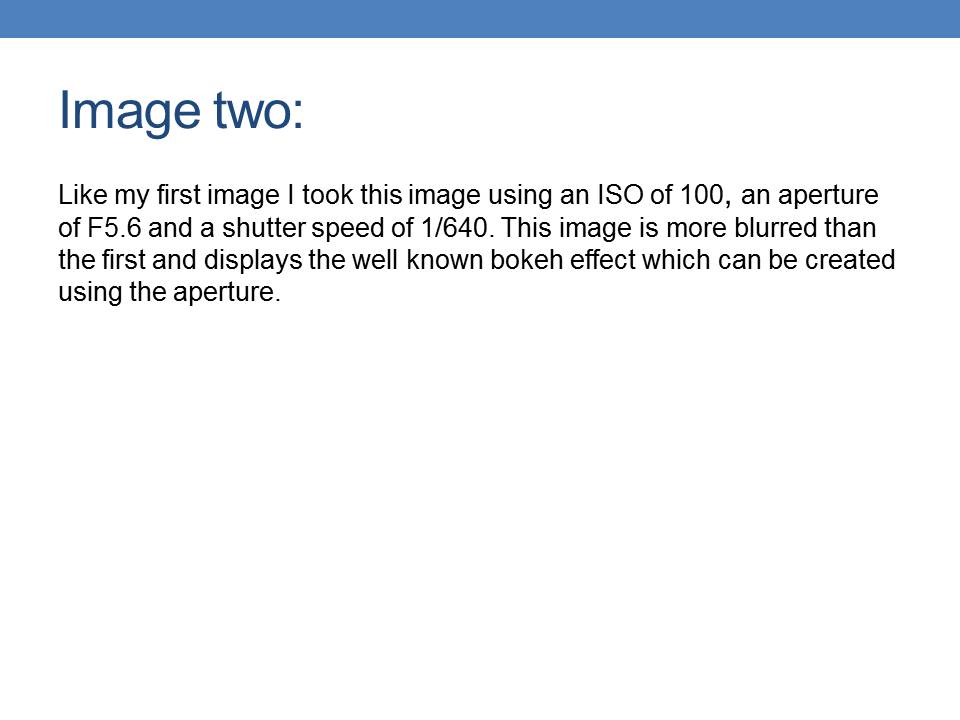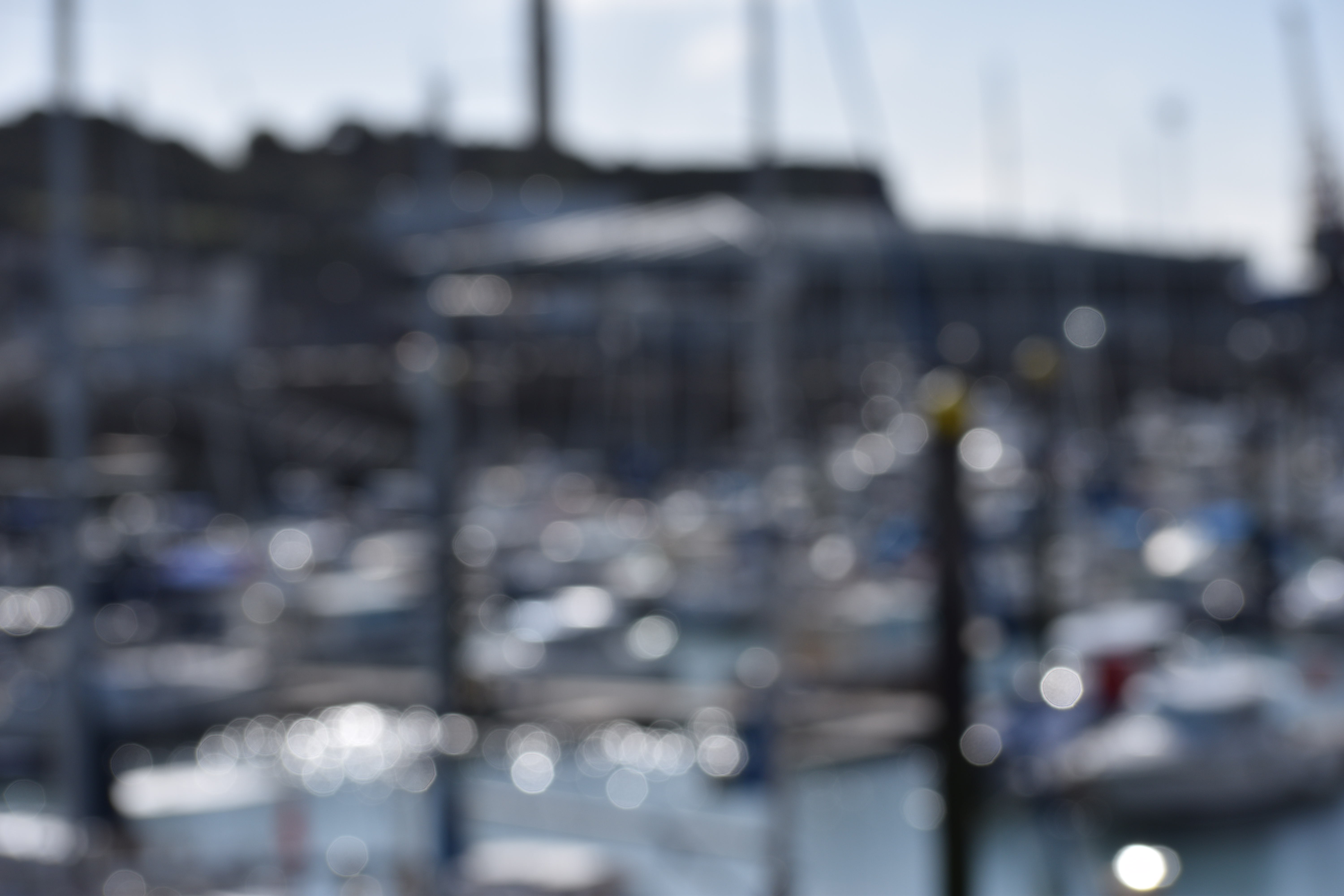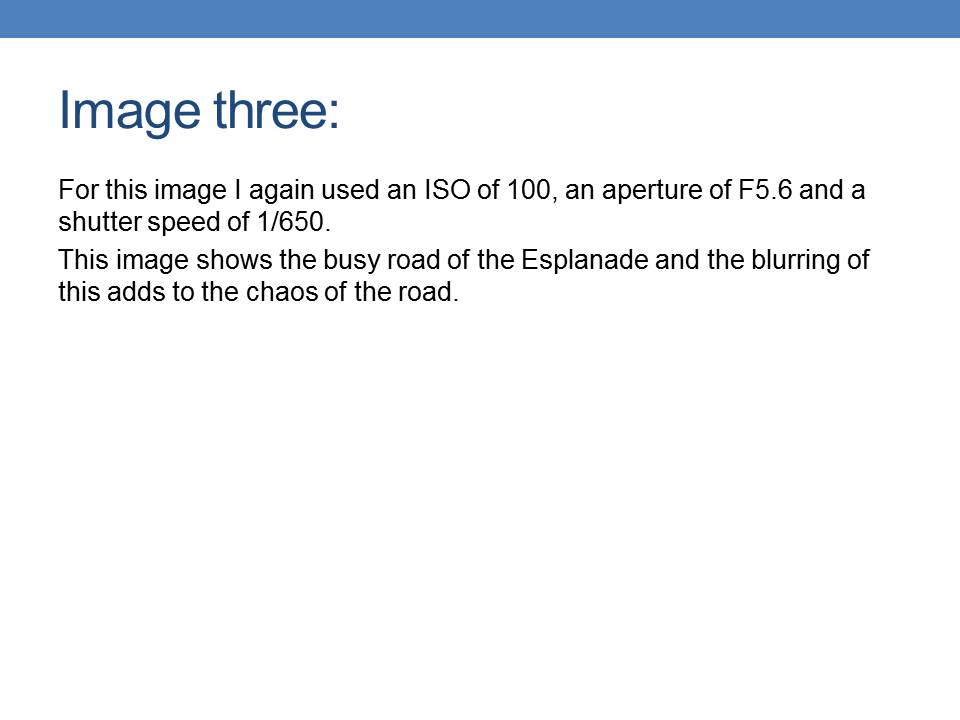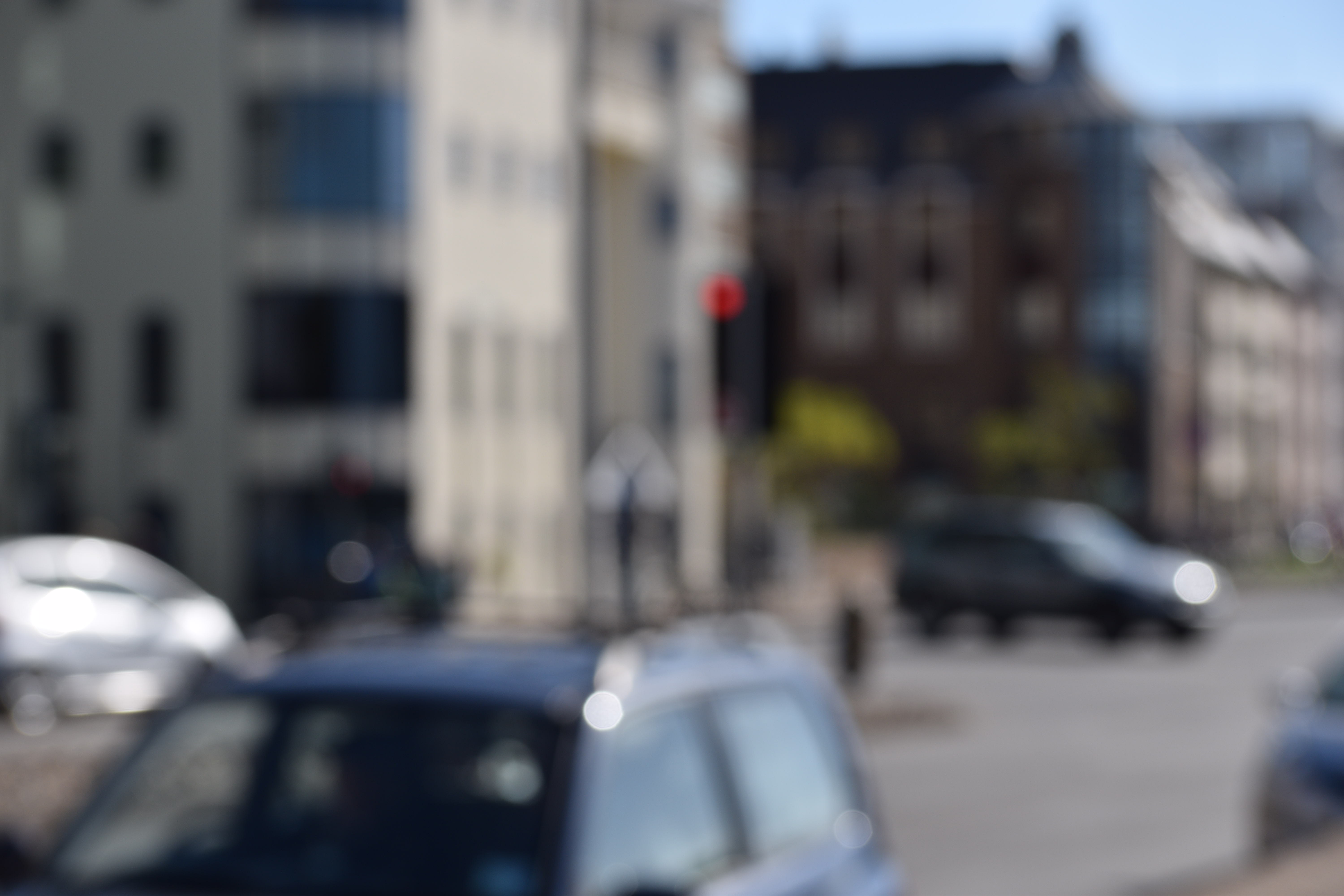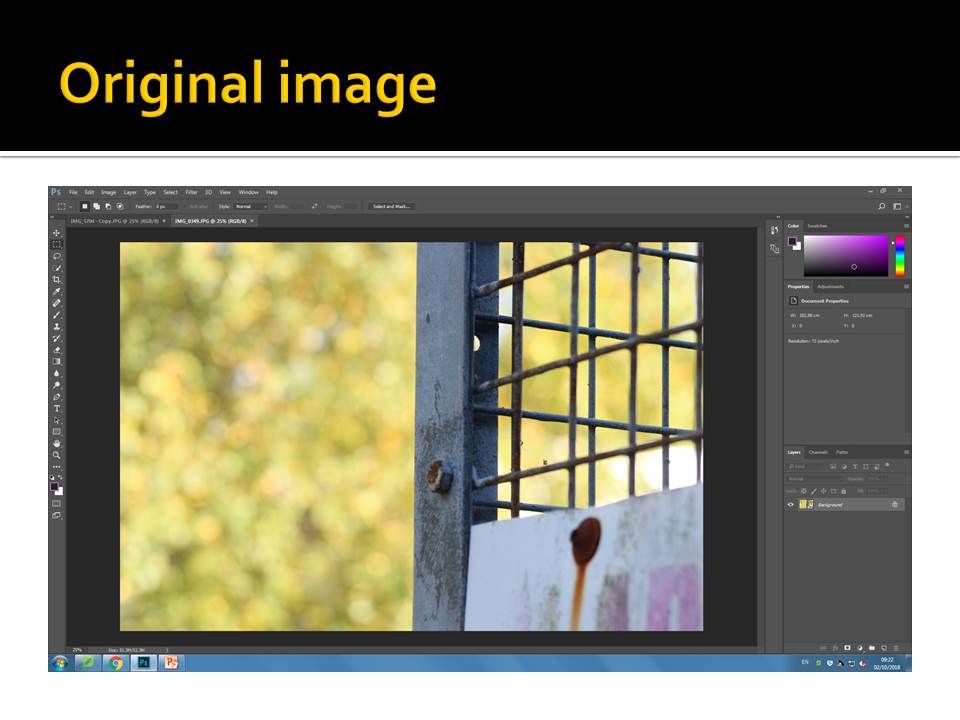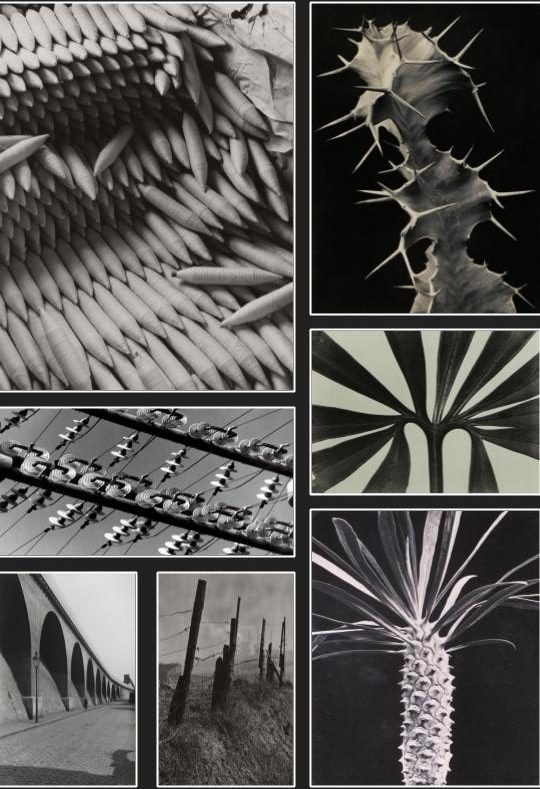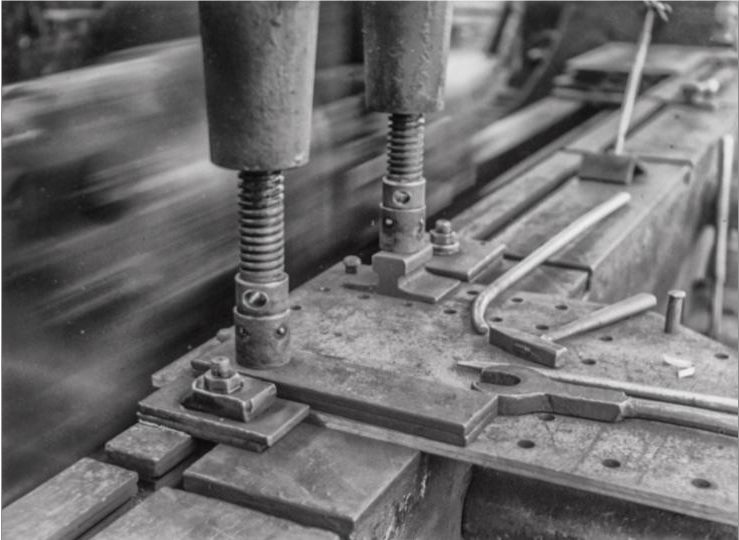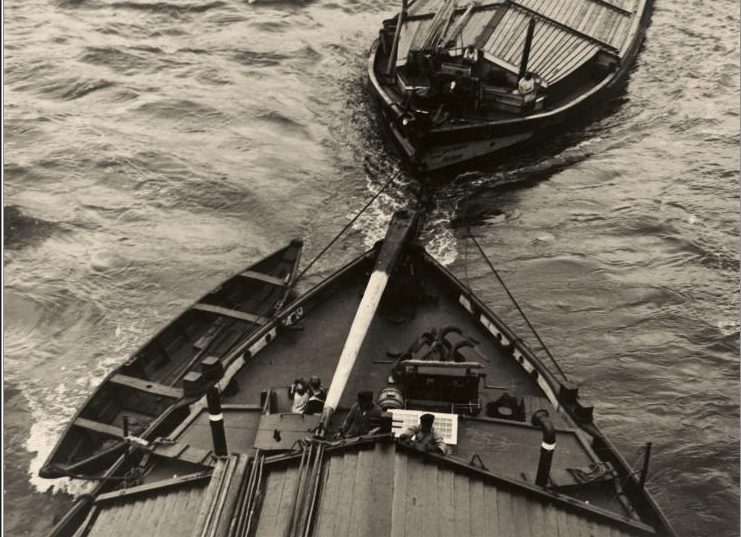KELD HELMER-PETERSEN:
The pioneer of Danish Modernist photography, Keld Helmer-Petersen (1920-2013), is internationally acclaimed for his images of structures, patterns and details found in industrial areas, cityscapes and nature. He started photographing in the late 1930s and first made his name with 122 Colour Photographs in 1948. This book is especially well known due to its innovative use of colour in thoroughly composed photographs of patterns in landscapes and buildings. During the 1950s and 1960s he established himself as a photographer of architecture and design. Simultaneously, his artistic work shifted towards the more abstract, as he found inspiration in German and American photography as well as international abstract art.
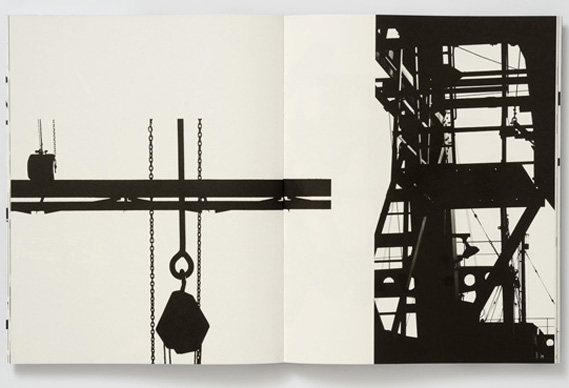
CRITICAL ANALYSIS:
The contrast in this image is very high creating a very dramatic and overexposed photo. It is composed of geometric shapes and lines which crisscross each other in regular, sometimes patterned shapes and forms. It is very difficult to create this type of photo purely through camera work therefore I believe that Petersen used heavy editing in his photography in order to create this highly overexposed image whilst in the dark room. It is hard to distinguish between the foreground and the background in this photo as the lack of tonal range merges them together. As the only colours in this image are black and white, they flow and create the appearance of one large structure.

PROCESS:
This is the most successful set of images based of the work of Keld Helmer-Petersen who focuses on over exposure of images creating simplistic line work in his work. I applied this same technique to my work through the use o threshold on Photoshop, as the example shows down below. By decreasing the threshold, the image becomes more exposed and white, by increasing the threshold, the image becomes less exposed and black. I tried to keep all my images to the middle of the scale which prevented them from becoming too overly over exposed or underexposed. The images which I chose to include in this work were ones which contained a lot of strong, geometric, line work. I found that the more busy, and packed a photograph is, the more messy the threshold filter looks on it, therefore i chose to stick with fairly simple photographs.

This is the before and after the threshold has been applied to the image, clearly showing the extreme contrast it has between the different geometric shapes in the picture.
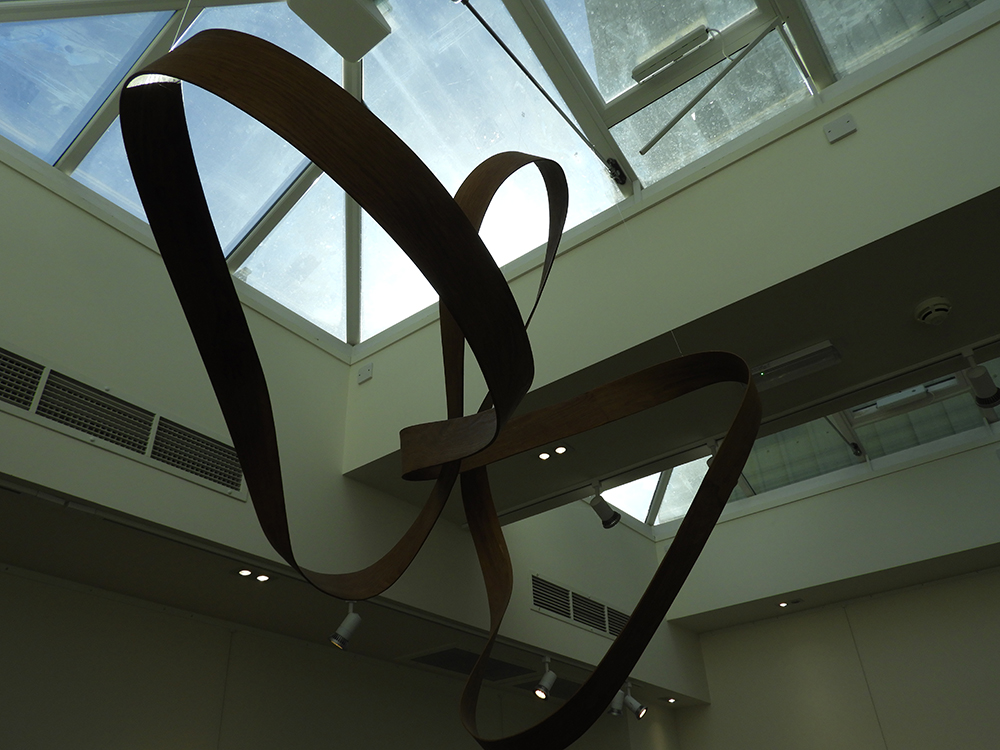

CRITICAL ANALYSIS:
In terms of the technical aspects of this image, the light is coming in from the top left hand corner of the image, creating a lot of exposure making it more white whereas the right bottom corner of the photo has less light hitting it, creating more shadows. In this photo I used a fairly long lense as the subject the image was high up and could not be phothraphed without the aid of zoom, giving a fairly small field of view. In the original photo, the ISO was set to 600 as it was a bright room and I felt that in order to combat the possible overexposure I should decrease the ISO. The grain on the original photo is quite fine therefore the image is detailed and sharp.
After applying the threshold filter, the image has been totally flattened out due to the lack of tonal range, only being composed of black and white. It is difficult to distinguish between the background and the foreground in this image. The photograph is mostly composed of very strong and bold line work. There is also a sense of pattern in this image due to the repeating lines and triangles. There is no real sense of space in this image as the abundance of line work fills every part of the photo.
I created these images with the intent of capturing as many geaometric shapes as I can because I knew that this would work best when applying the threshold filter. More organic shapes tend to look too busy and messy in a sense as they have too many tonal ranges and shadows.
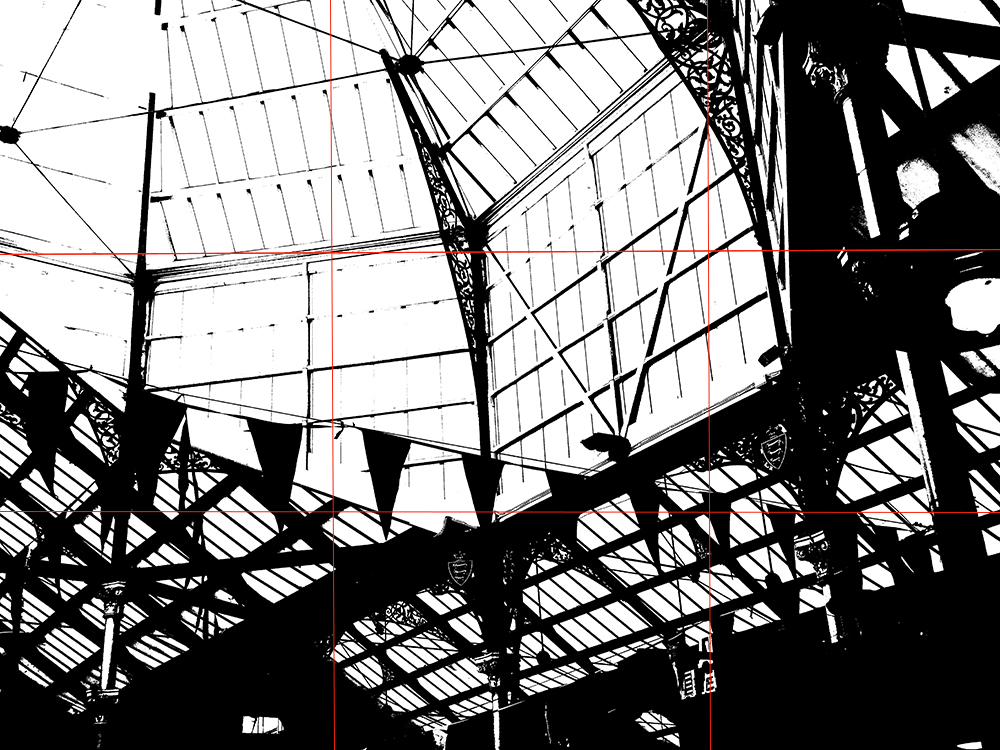
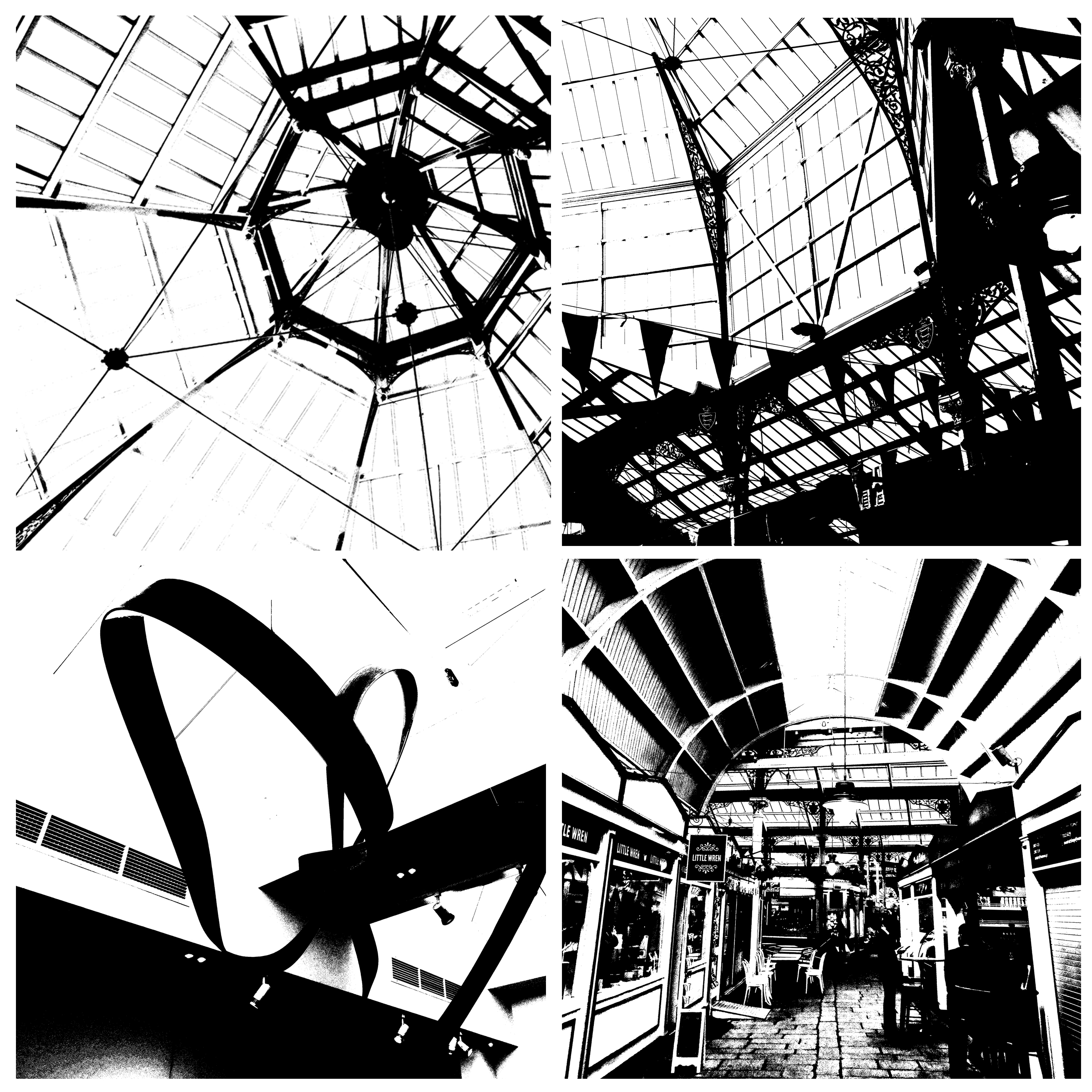
ORIGINAL IMAGES:


